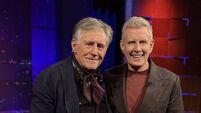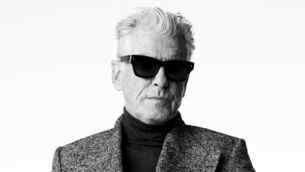Cork in Decades Past: The stories behind Joe Healy's photographs through the years
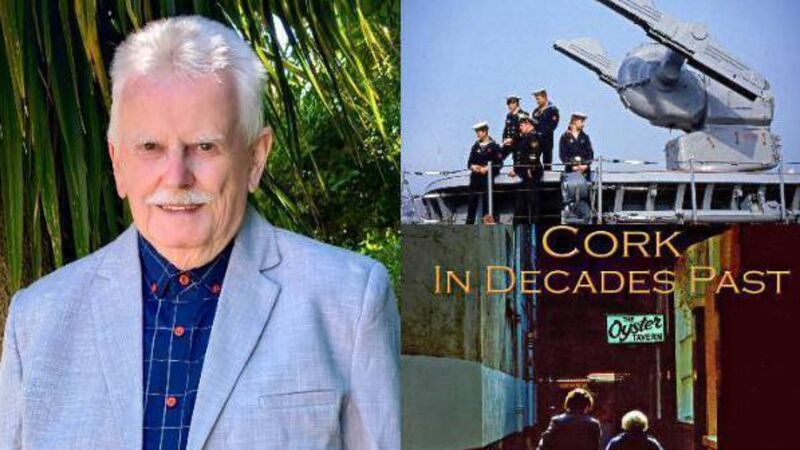
Joe Healy and some of the images from his book, Cork in Decades Past.
I’m originally from Montenotte in Cork city, and my life has revolved around photography in one way or another for more than 50 years.
A resident of Carrigaline since 1982, I was a founder member of Carrigaline Photographic Society and my first venture into professional photography began in 1985 when I opened a studio in the town’s main street.
Going back to the late 1970s, I developed an interest in photographing city streets and urban landscapes. Since then, I have taken thousands of photographs of Cork and its people, while also documenting the city’s ongoing physical development. Buildings that were due for demolition drew my attention and new developments were always on my radar. I wanted to capture the new city that was emerging, as well as that what was being erased.
A former staff member of publications, I was based in the image management department up to my retirement in 2011. Earlier this year my entire collection of photographs was acquired by Cork Public Museum.
My greatest influence was the great chronicler of the city during the 1960s and the 1970s, former Cork Lord Mayor Anthony Barry, whose best-selling book, , influenced the path I was to take on my photographic journey. My ambition was to continue Anthony Barry’s legacy by portraying a city that has changed in ways that perhaps can only be fully appreciated with the passage of time.
Since my retirement, I have continued to pursue my interests in photography and local history and have served as chairperson of Passage West Maritime Museum in recent years.
Looking ahead, I hopes to be still out there with my camera, documenting the ever-changing landscape so that generations of people in Cork will someday look back at how their city and county has changed throughout the decades.
- A book of Joe Healy's photographs, , is available now from selected outlets. Cork Public Museum at Fitzgerald's Park will display some of Healy's pictures as part of its new acquisitions display on Culture Night, Friday, September 20
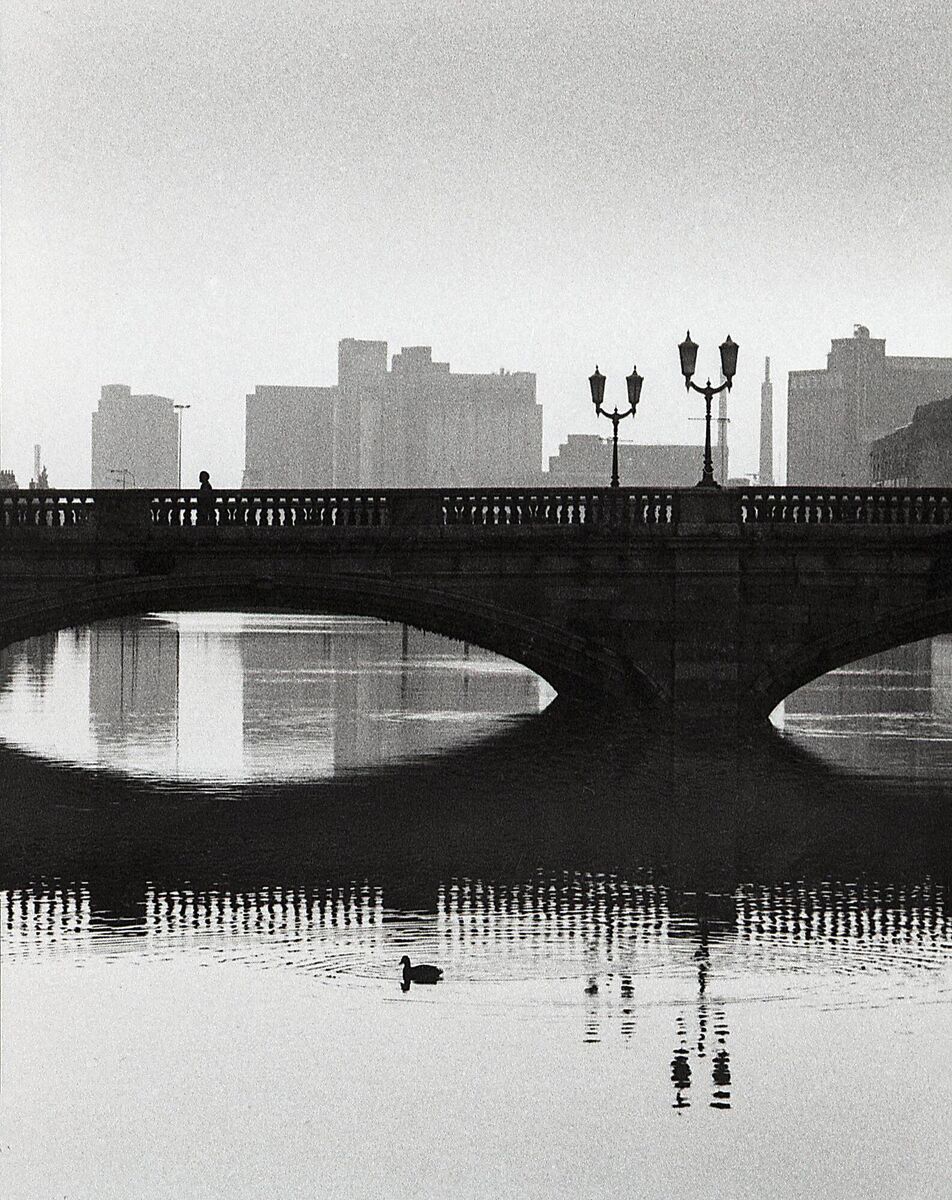
One of my favourite black and white photos was taken at dawn while on my way home from night shift at the Cork Examiner in July 1988. Pausing at Camden Quay, I had to wait for some time before a pedestrian crossed the bridge at such an early hour. I’m thankful that they did because everything then came together, and I was able to capture the ‘perfect’ photo. I must admit that I was chuffed to see the resulting image of St. Patrick’s Bridge subsequently take pride of place on the front page of the following Saturday's Evening Echo.
It was one of those days when I happened to be in the right place at the right time. On a Saturday morning stroll through the city, I came across the striking sight of a Soviet destroyer, populated by smartly uniformed crew members. The anti-submarine ship ‘Soobrazitelny’ was on a courtesy visit to the city, one of the many notable events of the year-long Cork’s 800 celebrations.
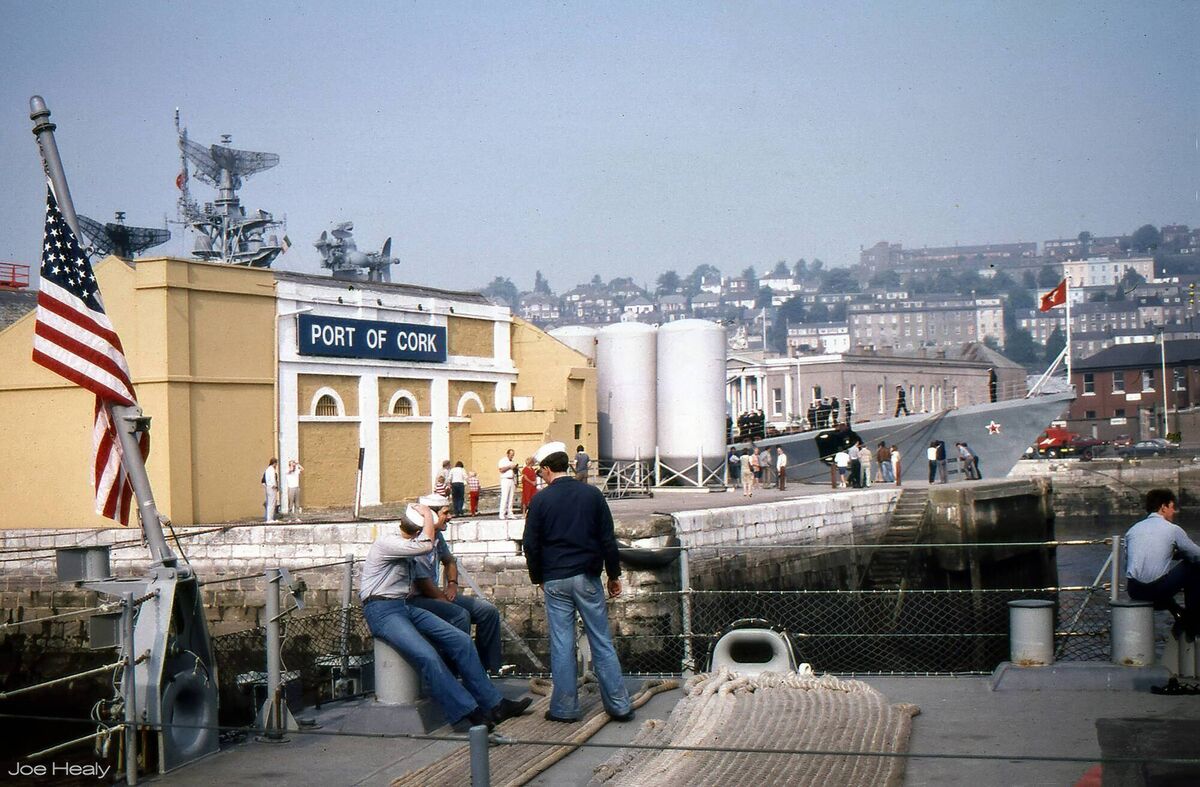
The ship’s visit in September 1985 captured the imagination of the big crowds that made their way to the quayside at Anderson’s Quay. It was the perfect scenario for a photographer like me. Meanwhile, just across the river a U.S frigate, the USS Pharris was docked. However, there wasn’t to be détente on Leeside. When questioned, Rear Admiral Gromov curtly responded that “There won’t be any contact with the Americans.”
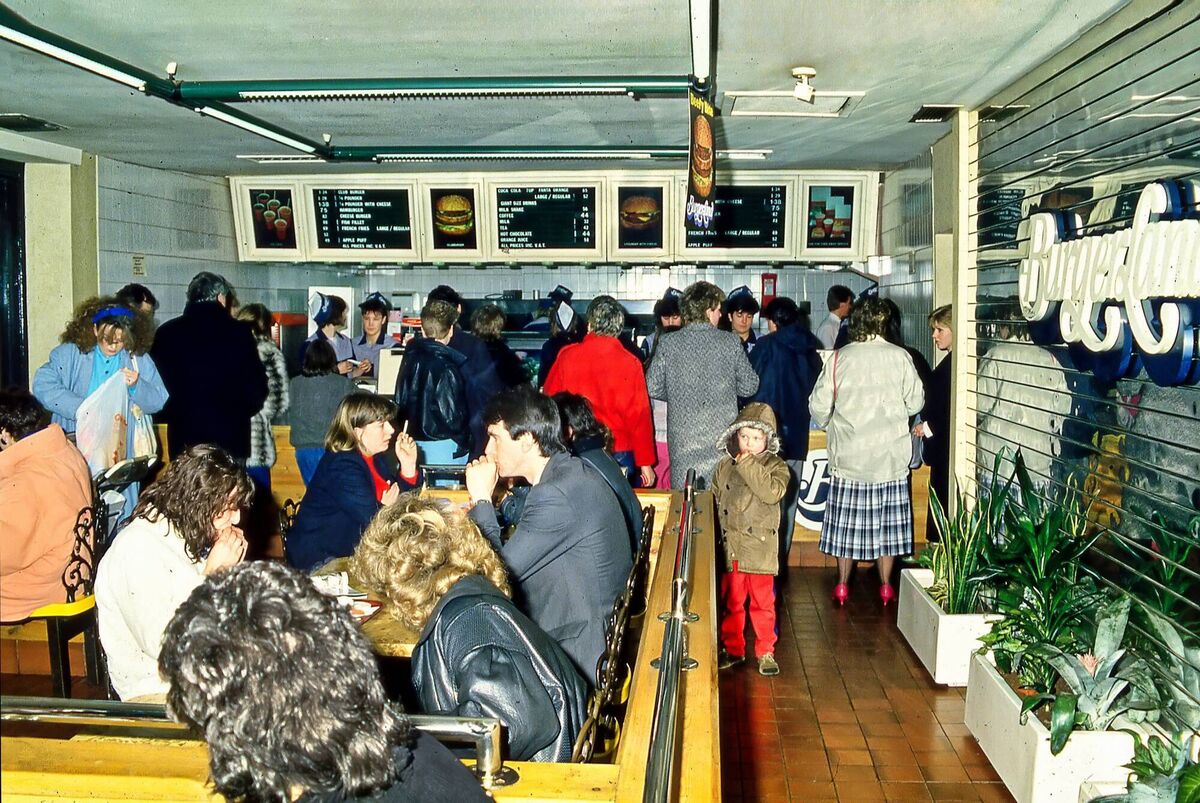
The first fast food chain to come to Cork, Burgerland was opened in the former Victoria Hotel premises in St. Patrick’s Street in 1977. While Mandy’s may have had a more prominent locaton on Daunt Square, the general consensus among 1980s teens was that Burgerland was the cooler of the two venues in which to hang out and meet mates.
Due to its sponsorship of the successful Neptune team, the name Burgerland was synonymous with basketball in Cork throughout the glory days of the sport in the '80s and ''90s. In those decades Burgerland was the go to destination for many a kid's birthday party, while also a place for teens to meet up after the disco. Prices on the menu include a hamburger for 75p, and a glass of milk for 33p. Following its closure, the former fast food outlet was sold by public tender in March 1997 for a reported sum of £400,000.
The closure of the Savoy cinema on January 31, 1975, was a sad occasion for many Leesiders. Memories of Cork’s most majestic of movie theatres undoubtedly still linger almost fifty years later. Whether it was the back stalls, the grand circle or what was known to us as ‘the mountain’ (where one had to climb 108 steps to enter) there was something magical about a visit to the Savoy. I have vague memories of my first visit there. As a birthday treat, my mother brought me to see Charlie Chaplin’s Modern Times. I suspect to this day that she enjoyed it a lot more than I did.
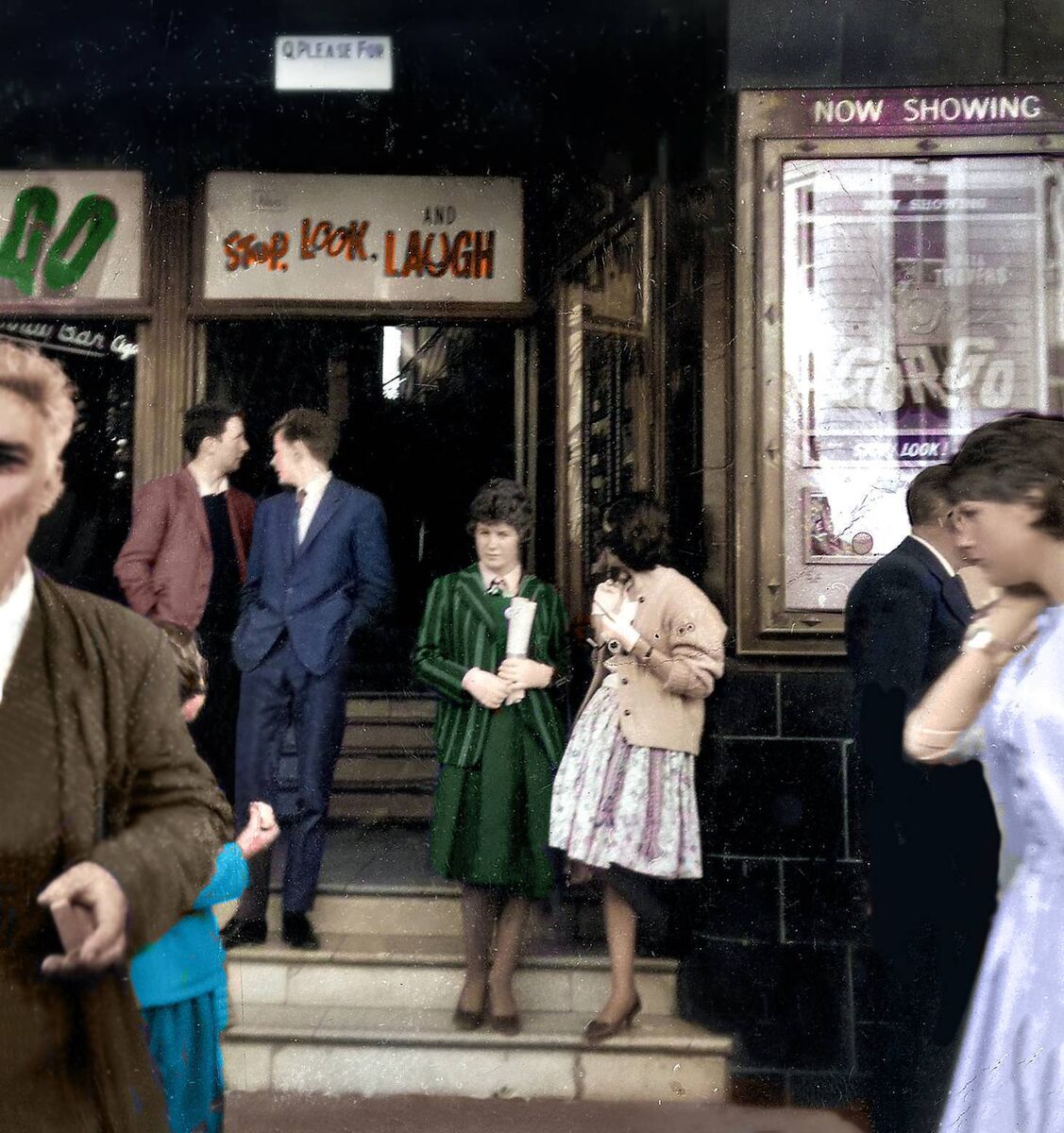
It could be said that the Savoy impinged upon my life in other ways. In early secondary school days, many of us classmates at Christians headed for the Savoy steps — it was almost a ritual. One winter afternoon in March 1962, we watched almost mesmerised as flood waters poured into Patrick Street and slowly rose up the cinema steps until they lapped against our shoes. On a more sombre note, I first heard of the death of JFK upon leaving the cinema as the newsboys outside waved a specially published edition of the .
Regular Saturday afternoon visits to the Savoy culminated with us emerging from the darkened auditorium, blinking against the strong sunlight. I have no idea how I came to be in possession of this photo which shows myself and my friend standing at the entrance to the cinema. The year most likely was 1963, judging by the release dates of the films showing at the time. As can be seen from our own attire, in those days many young men still wore sports coats and neckties when going ‘into town’.
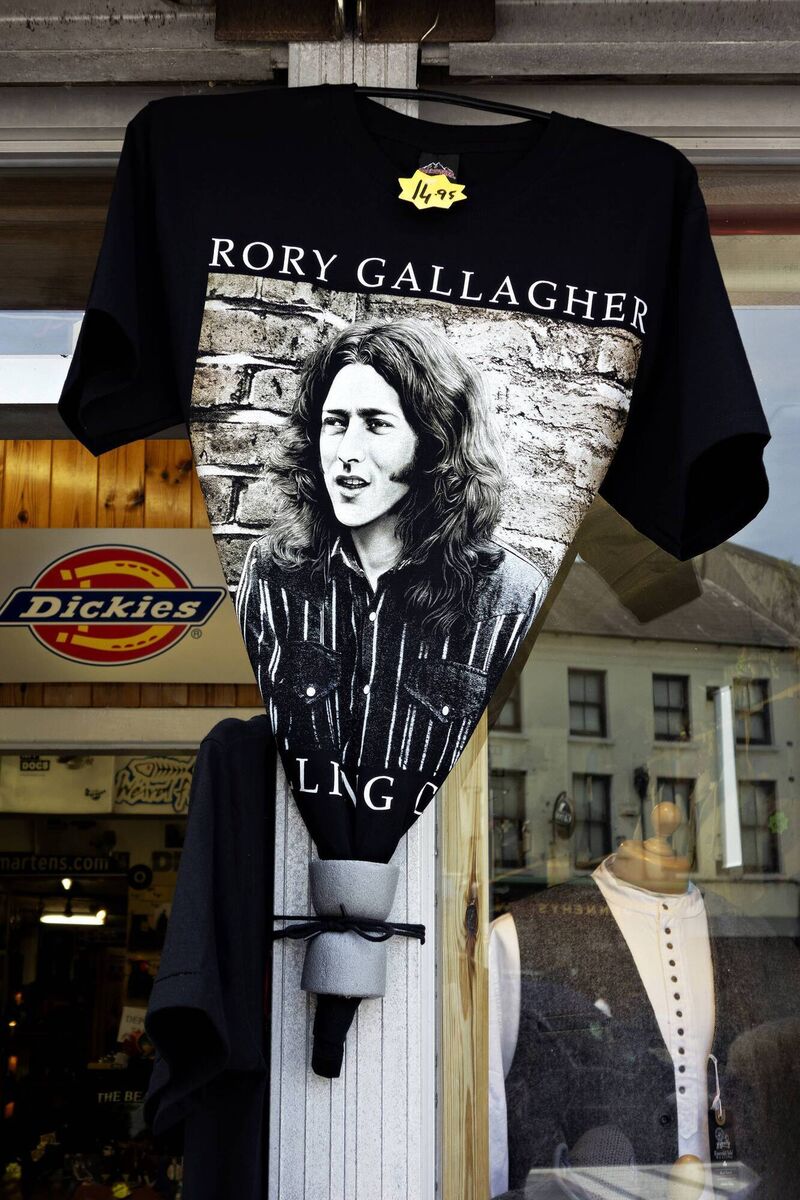
Although born in Donegal, Cork people have always seen Rory Gallagher as one of their own. His family moved to Cork when he was eight and not long after he began to play the guitar.
Around 1964, I became aware of his musical expertise probably earlier than most. At that time, I worked at an advertising agency in MacCurtain Street, right next store to where he lived. As he practiced for hours each day, the sounds of his guitar passed through the walls, which contributed to a pleasant working environment at least as far as I was concerned.
Having quit the showband circuit, he formed a three-piece group called the Axils. They lit up the local music scene, appearing at different beat clubs springing up around Cork at the time. One was the aptly named Crypt in MacCurtain Street, where I first encountered their remarkably original (for the time) music. By then Rory had become an instantly recognisable figure around town, with his flowing locks and characteristic stride. My proficiency on the blues harmonica alone was never going to earn me a starring role in a rock band but I and like-minded fans, male and female, were invariably to be seen floating about the periphery of the Cork music scene.
When the renamed Taste performed in Dublin for the first time, we travelling fans were pretty awestruck when a skinny kid by the name of Phil Lynott ambled up to Rory and ourselves for a friendly conversation. Little did we know then that we were in the presence of two future major rock stars!
In 1967, Taste made their UK debut at the famous Marquee Club in London. Gallagher gave a blistering performance that evening, cheered on by a small but devoted band of Cork followers, among whom was yours truly. Happy days!
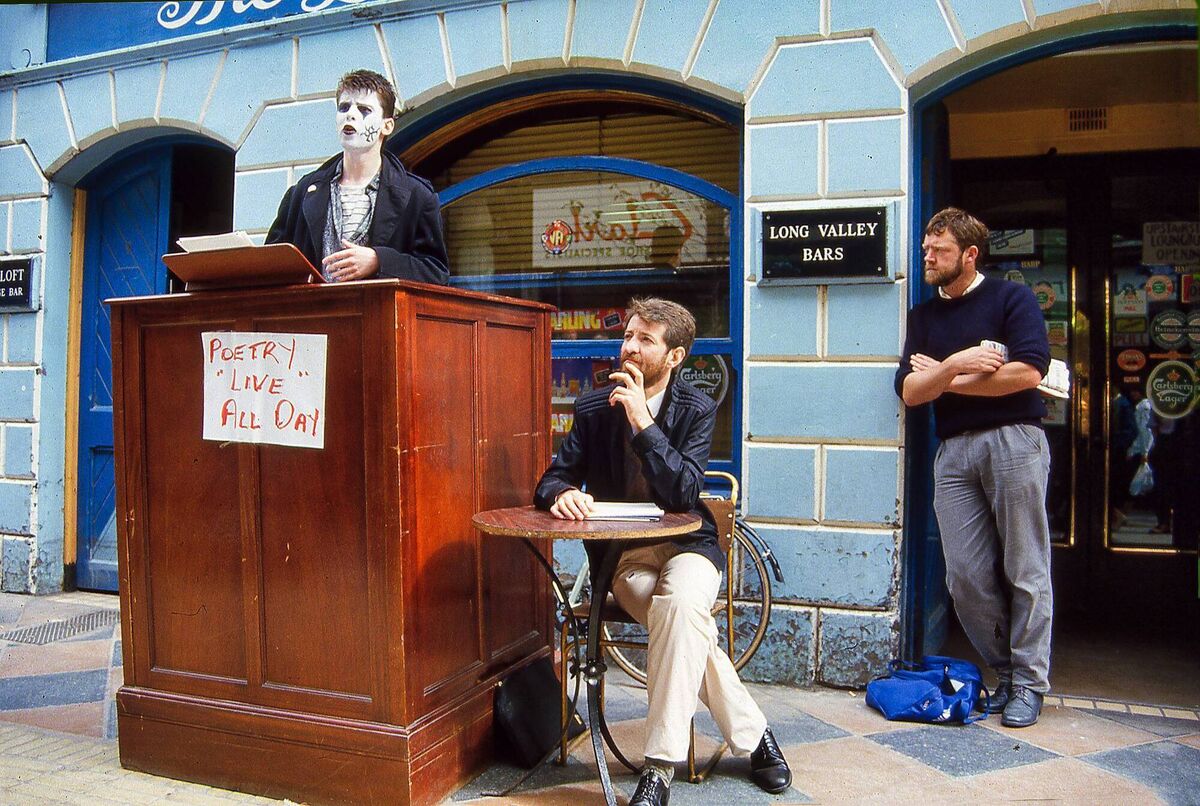
The year 1985, being the 800th anniversary of the granting of Cork’s first charter, was the cause of much celebration in the city. One of the largest public activities to take place was the staging of a major street carnival in the month of September.
One of the more unique events was a poetry marathon organised by the Commons Press, which was staged outside the Long Valley bar in Winthrop Street. Among those who presented their works were several poets all under the age of 21 who earlier that year had seen their writings reproduced in a Cork Chamber sponsored book brought out by 19-year-old Kieran Galvin and his friend Camille Dorney.
In this photo Kieran is seen reading some his own work (the podium had apparently been borrowed from Christchurch by the fledgling Triskel Arts Society). Also in the picture are two leading lights of the arts scene in Cork. Seated is Mick Hannigan, who became the director of the Cork Film Festival from 1986 and then its CEO from 2009 to 2013. In 1996 Hannigan opened the first art house cinema in Cork, The Kino in Washington Street.
On the right is Gerry Murphy, who was born in Cork City in 1952. He attended UCC where he was part of a resurgence of literary activity along with his contemporaries Thomas McCarthy, William Wall, Theo Dorgan, Maurice Riordan, Greg Delanty and Sean Dunne. Review as "that remarkable generation".
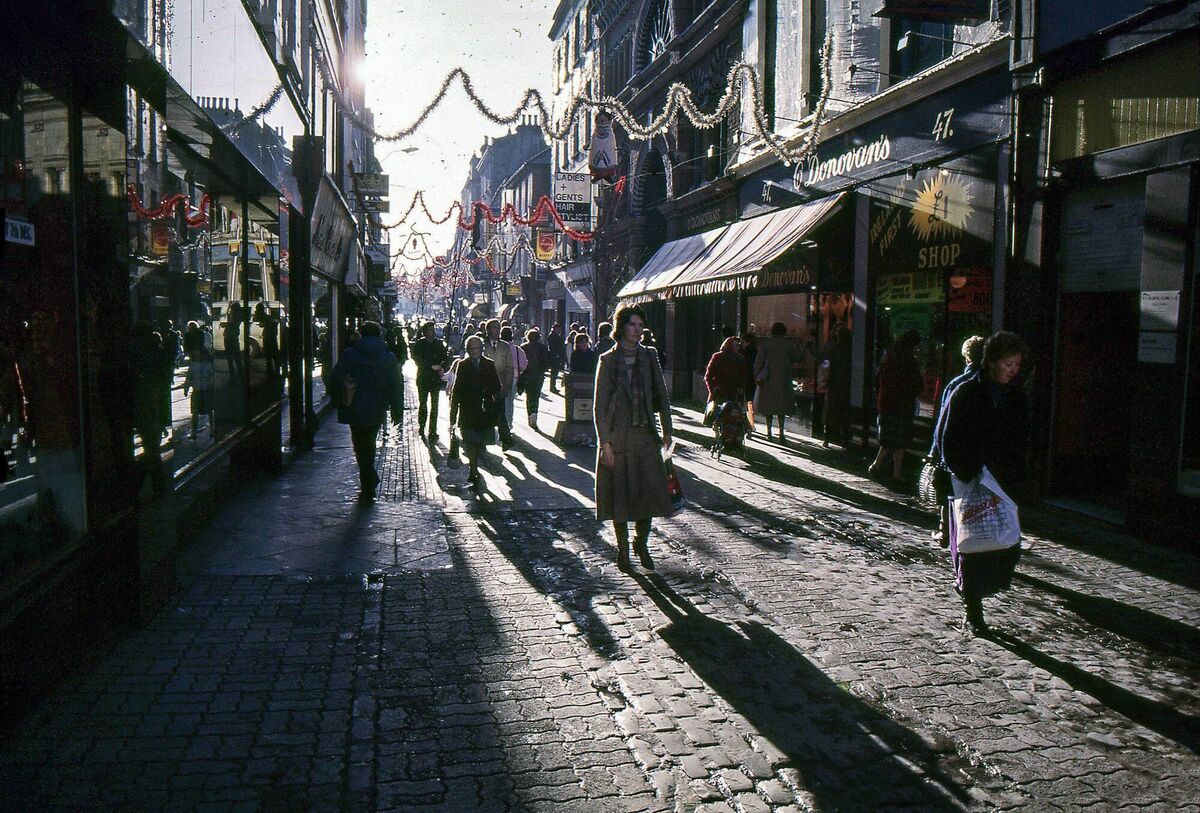
Princes Street was originally called Playhouse Lane after a theatre which opened there in 1736. Named the Theatre Royal, it could accommodate up to 350 patrons. When a new, larger theatre opened in the late 1750s on the site of where the GPO is today, it marked the end of the Princes Street establishment. Located on the street up to the present day is the Unitarian Church, possibly the oldest place of worship in the city, which was built between 1710-1717 as a Presbyterian meeting house. About 1790 the street name was changed by the Corporation of Cork to the present Princes Street. In 1971 it became the first pedestrianised street in Ireland.
On the right is O’Donovan’s, once one of Cork's best-known butcher's shops, founded by Hannah O'Donovan in 1900. In 2005 the announcement of its closure was met with widespread dismay. Management attributed the closure to a downturn in trading. Despite a sit-in protest by employees seeking improved redundancy terms, the business finally shut its doors in 2005, with the loss of approximately 28 jobs.
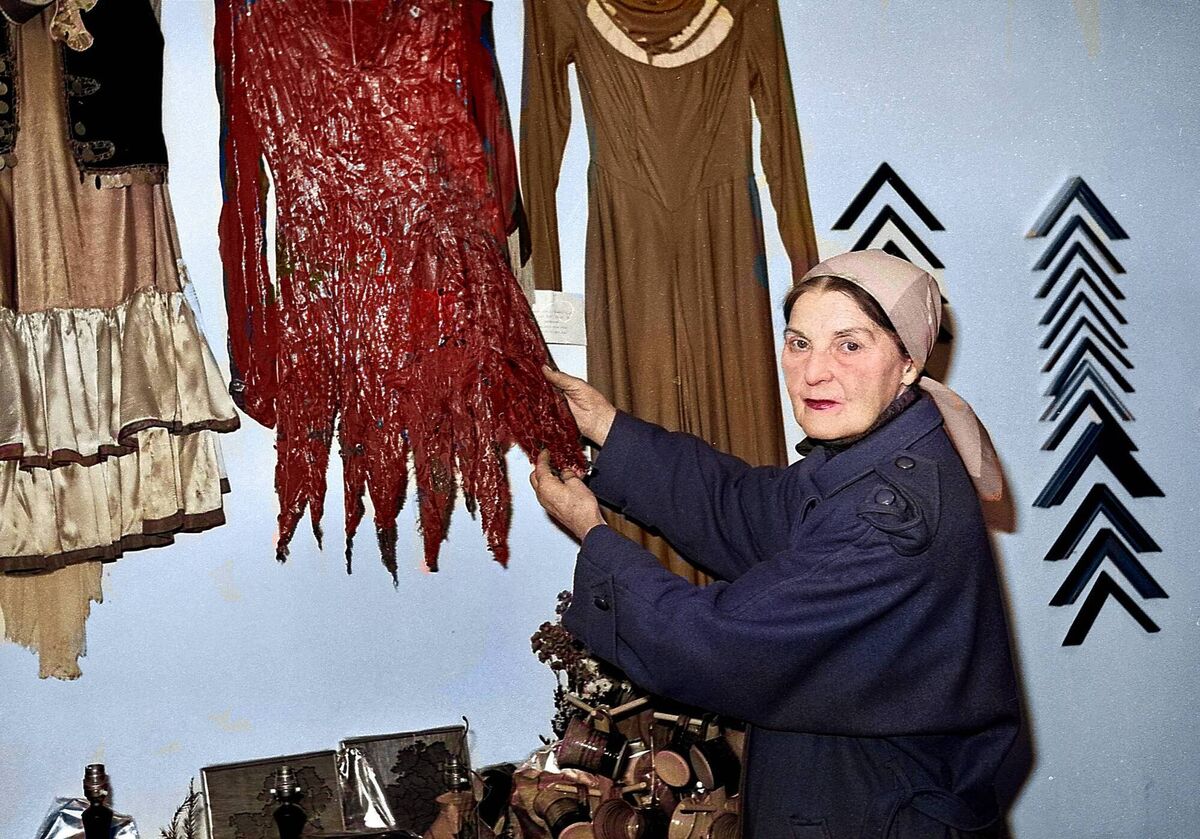
Joan Denise Moriarty was a key figure in the development of ballet in Ireland. Little is known about her early life. She was brought up in England and as an accomplished step-dancer and traditional musician she was the champion Irish step dancer of Britain in 1931. In autumn 1933, her family returned to their native Mallow and in 1934 she set up her first school of dance in the North Cork town.
She moved to Cork city in the early 1940s, where she set up the Moriarty School of Dancing. In 1947 she founded the Cork Ballet Group and in 1954 the group was registered as a company under the name Cork Ballet Company. Irish Theatre Ballet was founded by Moriarty in 1959.

